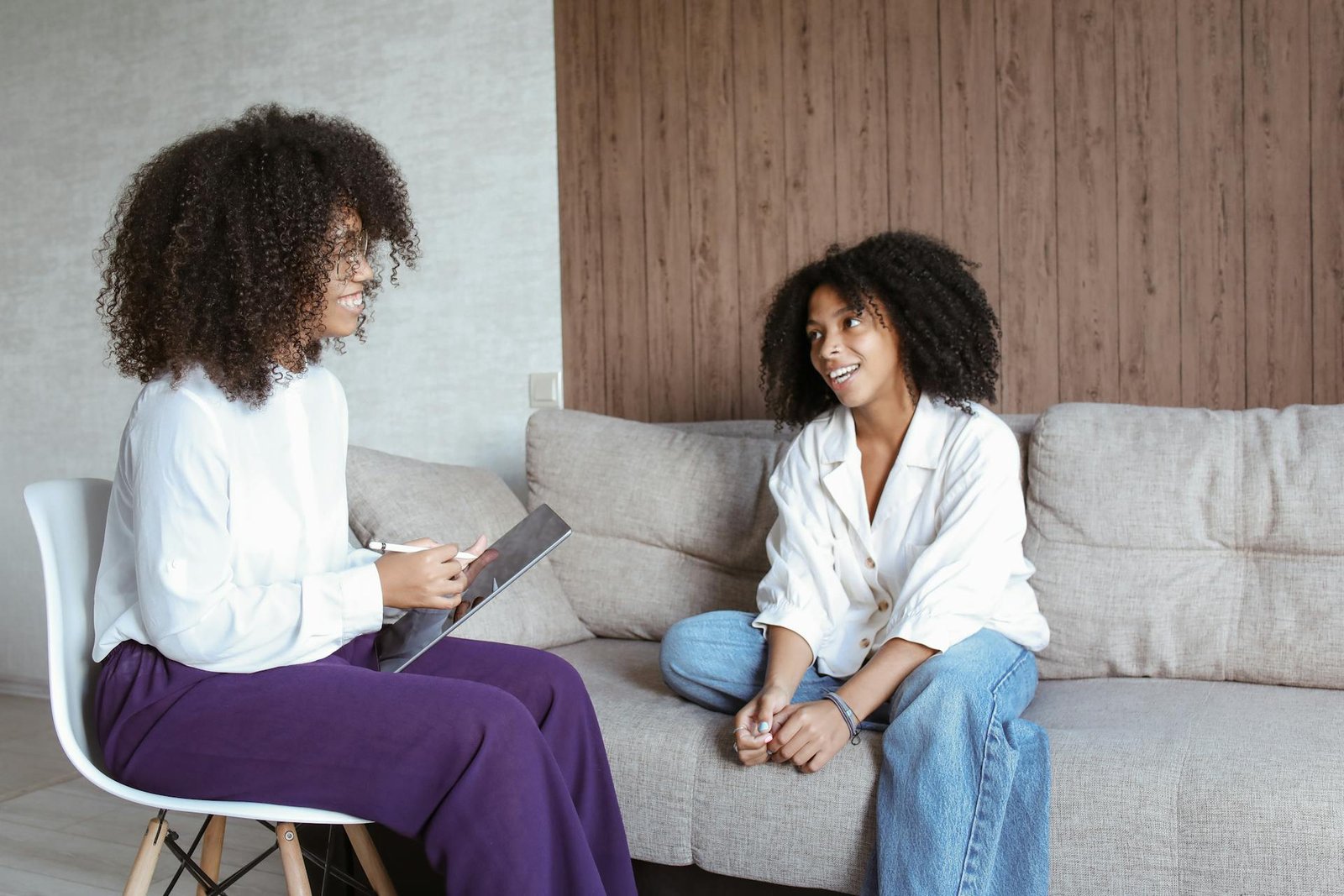Starting therapy can feel like a big step for kids and for their parents too. Whether your child is feeling nervous, curious, or unsure, it helps when they know they’re not going through it alone. Getting support from a child therapist in Oregon is often a step toward learning how to handle big feelings, build coping skills, and feel more confident in daily life. Still, that first therapy session can bring up a mix of emotions for both of you.
Knowing how to prepare can make a big difference. With some thoughtful steps ahead of time, you can guide your child into therapy feeling safe and ready. This article shares ideas to help you talk to your child about what therapy is, what the first session might look like, and how to support them as they settle into the process.
Preparing Your Child For Their First Session
Kids do better when they know what to expect. You don’t need to give a full run-down of how therapy works, but creating a calm, age-appropriate picture of what’s ahead can go a long way.
Let your child know that therapy is a space where they can talk, play, and share in ways that help them feel better. Compare it to talking with a teacher, coach, or trusted grown-up, except this person is there just to listen and help them figure things out. They won’t get in trouble for what they say, and there’s no test at the end.
Here are some ways to help your child get ready emotionally and mentally:
– Use clear and simple language. Avoid putting too much pressure on the idea of change or fixing anything. Instead, focus on how it helps people understand their feelings better.
– Read books together about going to therapy or meeting with a counselor. There are child-friendly books that cover the topic in a gentle, encouraging way.
– Role-play. Pretend you are the therapist, and your child is coming in to talk. Go through what it might be like: greetings, sitting down, and answering a few fun or light questions.
– Encourage questions. Let your child ask whatever is on their mind, even if the questions seem small. It’s better to clear up small worries before they grow.
– Share what they might do. Some children think therapy is just about talking, but many child therapists use drawing, games, movement, or storytelling. Knowing it’s not just talking can help a child feel more open to going.
Even if your child doesn’t feel enthusiastic right away, that’s okay. This is a new experience for them. What matters most is that they feel heard and seen by you before they step into that new room.
What To Expect During The First Therapy Session
The first session is usually about getting to know each other. Your child won’t be pushed to talk about deep things right away. Most child therapists ease into the relationship slowly because they understand that building trust takes time.
Depending on your child’s age and needs, this first meeting might include:
– A short chat with both you and your child together
– Some one-on-one time between the child and the therapist
– Observing how your child interacts, plays, or responds to certain questions
– Play-based or creative activities that feel light and fun as a way to get the child comfortable
– A little time for the therapist to speak with you about background, concerns, and goals
Your role in this first session is pretty simple. Just be there as a calm presence. If you appear anxious or overly focused on outcomes, your child may pick up on it. Take deep breaths if needed, and remember that this is a safe step forward.
Kids are often more open than we expect once they feel at ease and know there’s no right or wrong way to be in therapy. You don’t have to force anything. Just let your child go at their own pace, and trust that the therapist will take things one step at a time.
Tips For Parents To Support Their Child
Helping your child feel comfortable during therapy sessions can make a big difference in how effective the process will be. It’s important to be supportive while respecting their space and pace. Here are a few approaches you might find helpful:
– Create a relaxed environment: Before heading to therapy, try a calming activity. Whether it’s reading a book together or watching a favorite show, the goal is to start the session off on a positive note.
– Offer encouragement: Gently remind your child that there’s no pressure to talk about anything they aren’t ready to share. Therapy should feel like a place of choice and comfort for them.
– Listen and validate: Let your child know you’re there to hear their thoughts and feelings. A simple “I hear you” or “I understand” can make them feel supported.
– Keep a positive attitude: Talk about therapy in a positive light. If you view it as a helpful tool, they’re more likely to as well. Even if progress seems slow at times, remind them and yourself that every small step counts.
Therapy is a space for children to feel safe and understood. Your role is to stand by them and offer reassurance during and in between sessions.
Communicating With The Child Therapist
Building a strong partnership with your child’s therapist contributes to a better therapy experience. Keeping up open communication can help make sure that everyone is working together with the same goals in mind.
– Be open about concerns: Don’t hesitate to share goals, concerns, or things you’ve observed at home. This helps the therapist shape a plan that fits your child’s unique needs.
– Discuss progress and adjustments: Check in regularly with the therapist to stay updated. Feel free to ask about what’s being tried in sessions or bring up things you’ve noticed in everyday settings.
– Follow-up sessions: Scheduled check-ins give you time to track how your child is doing and talk about what’s helping or what might need to shift. Therapists may include assessments during these sessions to check in on your child’s growth.
The better the line of communication between you and the therapist, the more support your child will feel across the board. Working as a team really helps children make progress at their own pace.
Walking Alongside Your Child Every Step of the Way
Therapy is ongoing, and like building any new skill, it works best with support and consistency. When children know that someone is rooting for them every step of the way, they’re more likely to stay motivated and open to the process.
Encourage your child by recognizing the effort they are putting in. Let them know it’s okay if things don’t change overnight. Every small win counts, even if it’s just being willing to show up.
Invite your child to talk with you about how therapy is going when they feel ready. These conversations don’t need to be long or deep. The most important thing is that your child knows you are there to listen if they want to share.
By walking alongside your child through their early therapy experience, you let them know they aren’t doing this on their own. With your steady support and the guidance of a trusted child therapist in Oregon, your child has a strong foundation to build emotional tools, grow confidence, and discover ways to care for their inner world. Patience, presence, and gentle encouragement will help them grow into each new step.
Starting your child’s therapy journey is a significant step towards their emotional development and well-being. To ensure they receive the best support, consider exploring mental and behavioral health services that cater specifically to children’s needs. At Mindful Mental and Behavioral Health PLLC, we’re committed to providing a nurturing environment where your child can grow and build lasting coping skills. Join us in building a supportive framework for your child’s emotional journey today.




